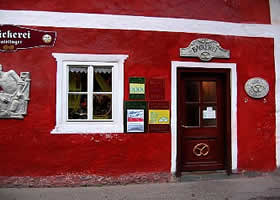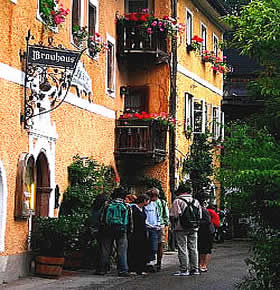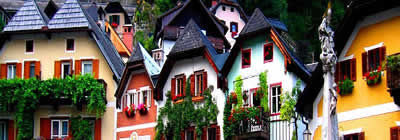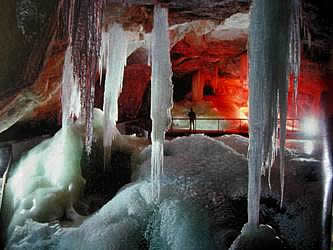In spring, when the Inner Salzkemmergut emerges from its winter covering, the thraw fills the brooks, rivers and lakes with the remainder of its white splendour, there is a completely new side to this diversified region to be discovered - Hallstatt Austria. Haughty mountains reflect self-lovingly in the crystal-clear water of Hallstatter lake.
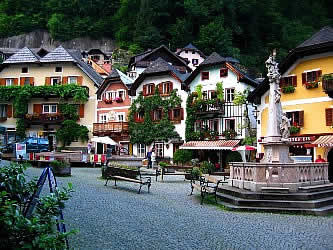 Hallstatt Salzkammergut
Hallstatt Salzkammergut
The Dachstein glacier feeds the Gosausee, generously doubling its coutenance. In the Koppental, charming brooks plunge into the depths from breath-taking heights, cutting through wildly romantic woods before they join with the river Traun. How often have you dreamt of getting into a time machine to travel to the past. A visit a Hallstatt is just like embarking on a journey to the past. An aura of culture extending thousands of years surrounds the village, which has grown from the narrow banks of Hallstatter lake up the mountain.
Hotel Hallstatt
In the old town of Hallstatt you will hard to find a big hotel. Houses and streets are squeezed into a pleasant village. You can find accommodation in one of small hotels or gasthouse. There are many quaint little hotels with clean and warm rooms and beautiful view to the lake and Streets of Hallstatt. The Town Is Not a tourist resort, it is a small and lively town with mix of Natives and tourists stroling through the tiny streets. The atmosphere is relaxed and the people are very friendly and nice. In the most nice position in Hallstatt you can choose accommmodation in hotel Heritage Hallstatt. The hotel is in an excellent location being able to wander around the old town of Hallstatt. The Lake is great enjoyment. You can take Electric Boats and go for a swim or take a hike up behind the town to Salt Mines. Take a Gondola(s) up the mountain to 5 Fingers. And after all the trips and hikes you can enjoy several Restaurants and rest in your hotel in Hallstatt.
Hallstatt culture
Yet it is not only the bizarre architecture or culture which has made its way into the cliffs which makes Hallstatt and the region into a World Heritage. The rare flora and fauna are also extraordinary, as are the numerous archeological sites and the cultural continity covering seven thousand years. This long tradition and the tremendous natural richness of the area were the reasons why UNESCO declared the Hallstatt Dachstein Salzkammergut regin to be a cultural and natural heritage worth protecting.
The picturesque salt-mining village, 22 km from Bad Ischl, was built into the steep slope thet drops off to the Hallstatter See lake. A settlement already existed here in year 2500 BC. It has therefore become famous for its extensive grave finds from the epoch 800 - 400BC, the "Hallstatt time". Old houses, narrow streets, full of corners, a triangular marketplace, and two striking
Dachstein cave
Although Hallstatt Austria remains the centre of this breath-taking holiday region, the region itself is so much bigger and diverse , extending from the Hohe Dachstein in the south to the entire Gosau lakes in the west, right through to the Gosauzwang in the north.
It is complete justification thet the region as a whole is considered a heritage which will delightyou anew every day with its spectacular salt mine, the Dachstein ice cave, the mysterious grave finds and its unusual natural spectacles. Renaissance architecture.
Hallstatt village
The late Gothic church with its Baroque tower was built into carved out rock high up. It holds many beautiful frescoes, an elaborate carved and gilded high altar from Leonhard Astl (1520), and also smaller winged altar from 1420. see also article about copy of the Hallstatt village in China
Next to the church is the famous "Beinhaus" of Hallstatt, where over 1200 skulls and bones lie piled up. Space was scare in the cemetary and so the dead were soon taken from their graves and laid here to rest. Visit the "oldest salt mine in the world" must take the funicular railway into Hochtal.
Here you'll also find the famous burial ground and archeological finds of the "Hallstatt zeit" A brine pipe was used as early as 1595 to transport the dissolved salt to the drying area, a distance of 40 kilometres. This was certainly a masterpiece for those early times.
